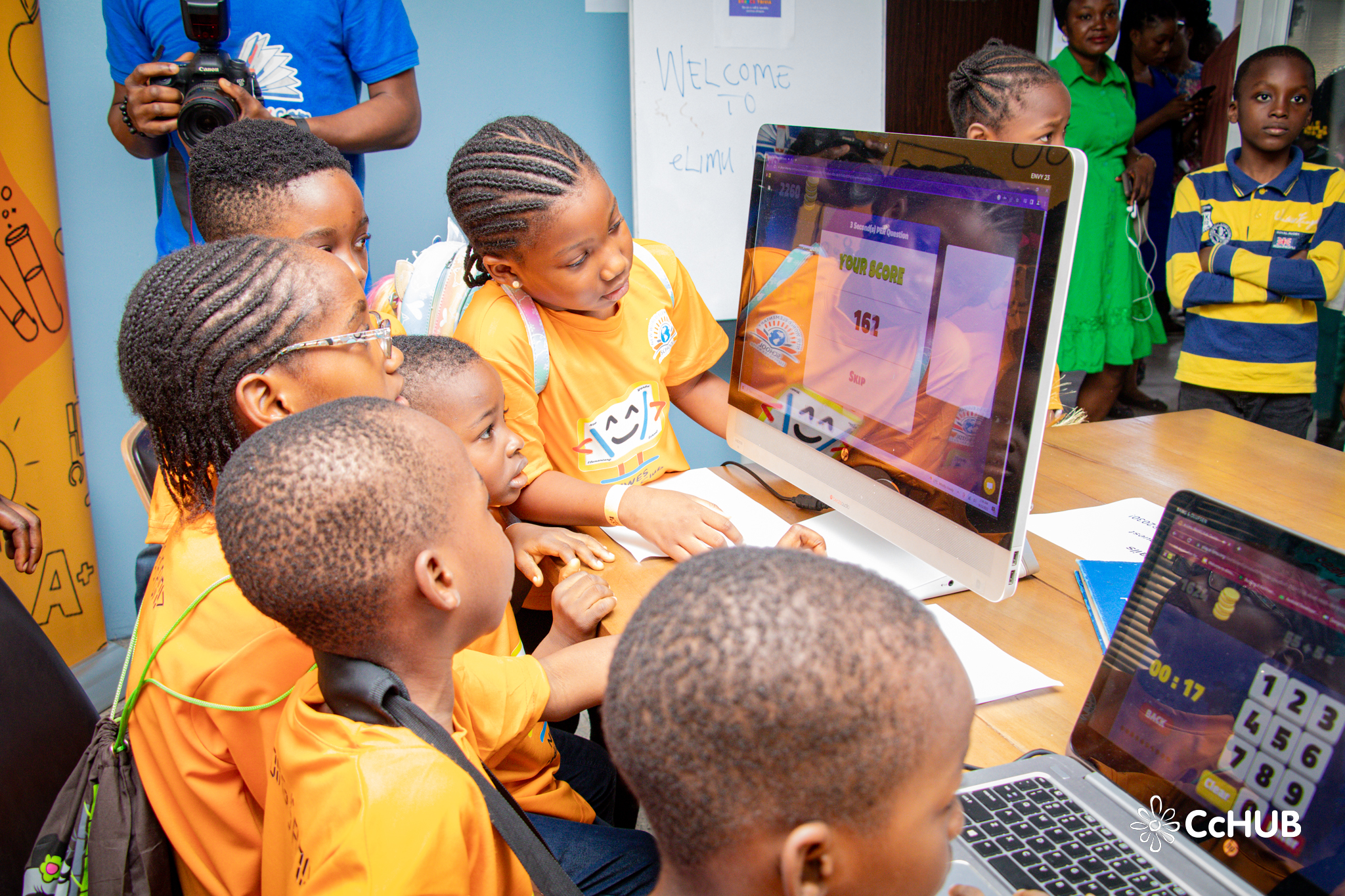The importance of digital tools in education cannot be overemphasized, as they play a crucial role in bridging the educational gap and increasing accessibility for everyone.
Today, tools such as LMS ( Google Classroom, Moodle, Canvas LMS, etc.), Communication and Collaboration Tools, Language Learning Apps (Duolingo, Memrise, HelloTalk, etc.), and Assessment Tools (Kahoot, Nearpod, Quizizz ), etc have transformed the way learners learn, how teachers teach, and how educational institutions operate, leading to better learning outcomes.
Introducing technology into education is more than just replacing textbooks with tablets. It is about creating a whole digital world that makes education better.
Here are some of the ways these tools are transforming education for both educators and learners:
- Access to Information: Gone are the days when we relied solely on textbooks, hearsay, and library resources. With the emergence of digital tools, information has been placed right at our fingertips, making it easier for learners and educators alike to tap into a vast knowledge repository and break down geographical and socioeconomic barriers.
- Lesson Planning: Technology has transformed how teachers plan lessons by providing access to a wide range of online resources, including educational websites, digital textbooks, multimedia content, etc., that can be easily incorporated into lesson plans, making it easier to structure and organize lessons and helping educators stay up-to-date with the latest teaching strategies and technologies, which can be integrated into their lesson planning.
Also, with the incorporation of multimedia elements into their lesson plans, such as videos, interactive simulations, and educational games, learners’ comprehension and retention are enhanced.
- Personalized Learning: These tools help teachers adjust their content to cater to the unique needs and pace of each learner, fostering a more engaged and productive learning environment. It also helps them learn at their own pace, enhancing their comprehension and retention.
- Collaborative Learning: Collaboration is an important skill in today’s education. With the introduction of these digital tools, seamless communication and collaborative learning are being achieved, allowing teacher-teacher collaboration and teacher-learners to collaborate on projects, share insights, and connect with peers worldwide.
- Assessment and Analytics: As a result of the features the majority of these digital tools offer (tracking tools), teachers can gauge learners’ progress and identify areas where they may be struggling, which in turn informs their decision to adjust or not adjust their lesson plan.
From providing access to quality information to saving time with a better way of planning lessons to enabling personalized learning and collaborative learning and providing a way for teachers to assess learners’ progress, technology is transformative.
However, for the impact to be felt, challenges such as online safety, lack of proper training, accessibility issues, and the balance between digital and offline learning experiences should be addressed.
The impact of digital tools in education cannot be overemphasized as the future of education is digital.




